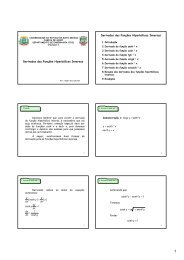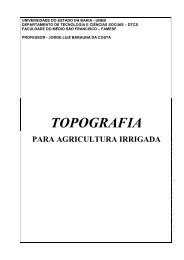Anuário Brasileiro do Arroz 2011 - Unemat
Anuário Brasileiro do Arroz 2011 - Unemat
Anuário Brasileiro do Arroz 2011 - Unemat
Create successful ePaper yourself
Turn your PDF publications into a flip-book with our unique Google optimized e-Paper software.
A much sought-after market<br />
Rice industries in Mato Grosso compete with the cereal<br />
coming from South Brazil for North and Northeast markets<br />
Not only in the fields, but in the<br />
industrial units, Mato Grosso is getting<br />
to grips with a new reality.<br />
Currently, the industries with operations<br />
in the State are competing with<br />
the rice from the South in their fight<br />
to conquer the markets of the North<br />
and Northeast, in light of the similar<br />
quality compared to irrigated “longgrain<br />
rice”. The cereal from the “highlands”,<br />
also referred to as “tropical<br />
rice” is sold in Pará, Goiás, Tocantins,<br />
Ceará, Maranhão and Piauí. With<br />
the smaller volume crop, from 2006<br />
onward, in spite of a leap in quality,<br />
the industrial park in Mato Grosso<br />
receded from 80 to about 30 companies,<br />
with a capacity to process 850<br />
thousand tons a year.<br />
Ivo Fernandes Men<strong>do</strong>nça, president<br />
of the Mato Grosso Rice Industry<br />
Union (Sindarroz-MT), explains that,<br />
with the low prices being practiced<br />
in the first half of 2001 in South<br />
Brazil, any fight for a market outside<br />
the boundaries of the State is very<br />
hard. “Rice from Rio Grande <strong>do</strong> Sul is<br />
very cheap. There is no way competing”,<br />
he states. On 15th April, this<br />
year, farm gate prices in Mato Grosso<br />
reached R$ 28 for a 60-kg sack of<br />
rice in the husk, with an average of<br />
58% unbroken kernels, but in Santa<br />
Catarina a 50 kg sack of the same<br />
type fetched R$ 20, on average, and<br />
in Rio Grande <strong>do</strong> Sul, R$ 19.<br />
According to Men<strong>do</strong>nça, the purchasing<br />
process of the industries has<br />
continued on its normal track at the<br />
present season. “Producers have no<br />
cash problems because they derived<br />
good profits from corn, soybean and<br />
cotton. And the cost to produce rice<br />
in Mato Grosso is smaller than in the<br />
South, as there is no irrigation in that<br />
State. Farmers can hold the crop back<br />
and sell later”, he argues. Prices will<br />
certainly perform better in the Center-<br />
West than in the South of Brazil,<br />
industry officials ponder. “There is<br />
not as much concentration as in the<br />
South. This gives a picture of balanced<br />
supply and demand”, comments the<br />
president of Sindarroz-Mato Grosso.<br />
69


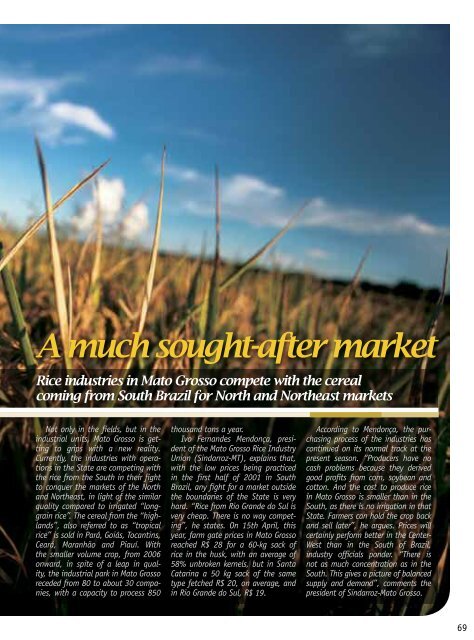
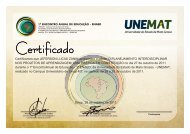
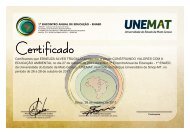
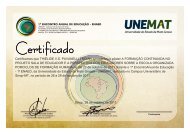
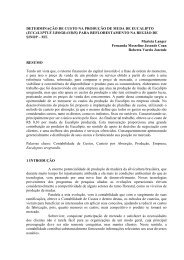
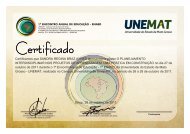
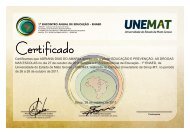
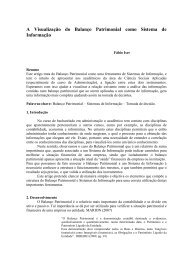
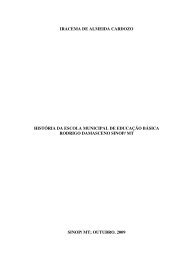

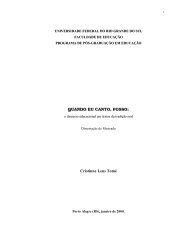
![Aula 31 - Funções Hiperbólicas [Modo de Compatibilidade] - Unemat](https://img.yumpu.com/14334654/1/184x260/aula-31-funcoes-hiperbolicas-modo-de-compatibilidade-unemat.jpg?quality=85)
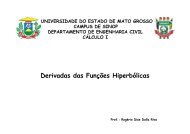
![Aula 31 - Funções Hiperbólicas [Modo de Compatibilidade] - Unemat](https://img.yumpu.com/14332146/1/190x135/aula-31-funcoes-hiperbolicas-modo-de-compatibilidade-unemat.jpg?quality=85)
